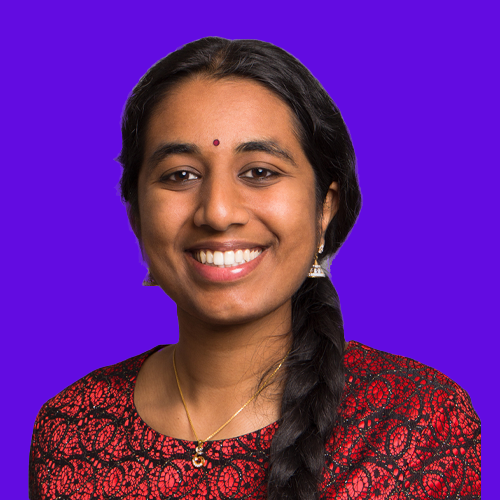News & Insights
Designing with Purpose: Student Innovation to Support Youth Mental Health
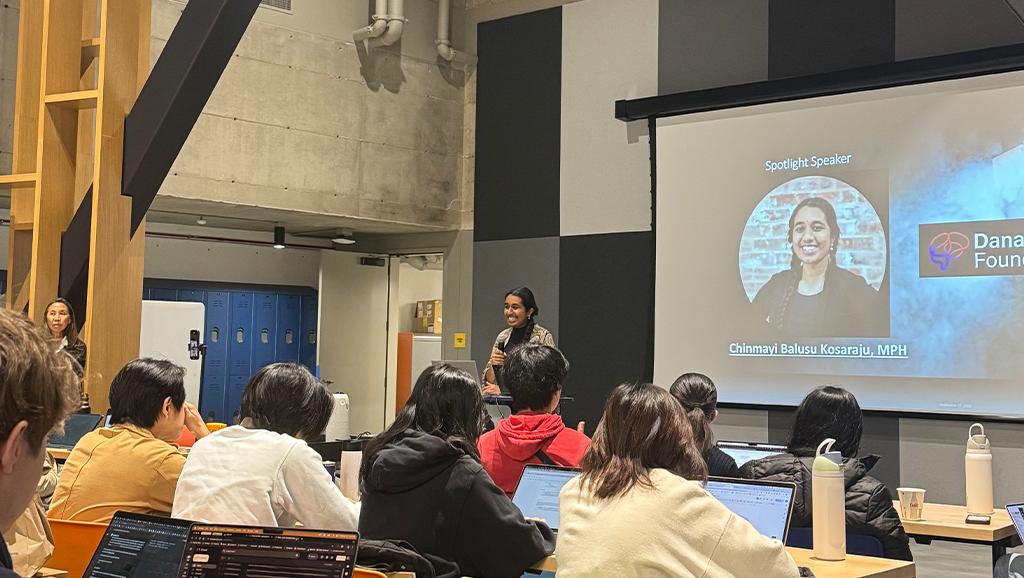
In April, the Dana NextGen team visited the University of California, Berkeley campus to see the “Designing Tech Solutions for Youth Mental Health” course in action. The course, designed for undergraduate students to gain hands-on learning experience in entrepreneurship and technology, is not your typical classroom experience—rather, it’s a 16-week immersive program—known as a “Challenge Lab,” where students work in teams spanning different disciplines to explore complex challenges in the mental health landscape. During the course, students draw from diverse vantage points to prototype solutions and learn what it really takes to bring ideas to life.
Supported by grant funding from the Dana Foundation, this course is led by multidisciplinary expert Gail Christine Gannon, M.S.P.H., founding director of the Neurotech Collider Lab, an interdisciplinary initiative at UC Berkeley that offers courses, speaker events, and thought leadership opportunities for students. Gannon is also founder and CEO of Ensanté Tech for Good Advisors (a social enterprise advisory for tech startups), and faculty member at UC Berkeley Sutardja Center for Entrepreneurship and Technology.
Over the past few months, students formed 12+ teams, partnering with local grade schools and mental health organizations to better understand challenges faced by at-risk grade-school youth in San Francisco Bay Area communities. Through conducting literature reviews, community surveys, and stakeholder interviews, the students gathered insights into issues such as social isolation and limited access to mental health support. From there, the teams worked on creating prototypes that are thoughtful, creative, and grounded in ethical design.
Some teams focused on building smartphone applications to support mental wellness online. Others tackled social connection, developing platforms to help new students find community on college campuses or share unfamiliar emotional experiences with peers to combat loneliness. One team is even in the process of patenting an AI-powered personal sound space device that lets users manage their auditory environment without feeling isolated.
In this article, we spotlight five students from the program who each bring a different academic background and perspective to the table.
Becoming a Confident Communicator
As an undergraduate studying data science, Alexandra (Alex) Manas is drawn to simplifying technological experiences through analytics and strategy. In this course, she found herself thinking about how technology could help students better manage their time and well-being after she and her teammates noticed a common issue among many high school and college students: They feel tired from packed academic and extracurricular schedules, have little time for hobbies, and spend long hours scrolling through their phones while feeling stressed about being unproductive.
To address this, Manas and her team interviewed local students and began designing a smartphone app that encourages better school-life balance. The app helps student users carve out time for hobbies and personal projects, offering reminders, and promoting healthier daily routines.
However, getting to their final prototype of the app wasn’t a straightforward journey. The team gathered feedback through interviews with students and educators at several points in the design process, which led them to pivot their idea multiple times. Along the way, Alex found that she was building her interpersonal and communication skills; she became more confident in presenting her thoughts—whether through quick elevator pitches or team presentations—and more comfortable incorporating real-time feedback into her work. This was the first class where she felt that she could really test an idea, talk it through with others, and see it evolve as part of a team.
The experience also helped her think more broadly about what she wants to pursue after graduation. While Alex had originally pictured a coding-based career, she now finds herself drawn to more open-ended, hands-on, and ambiguous problem-solving environments that reflect the complexity of real-world challenges, which don’t necessarily have easy solutions.
Navigating Open-Ended Ideation
Kenta Yamamoto, an undergraduate studying electrical engineering and computer sciences, came into this course looking for something different. Most of his college experience had been focused on technical coursework and academic theory, with limited chances to explore how those skills could be translated outside the classroom. He hadn’t really thought about the real-world or business-related aspects of his work and wanted to try something new.
That opportunity came through building his team’s startup project: a resource-finding and mentor-matching smartphone app aimed at supporting high school students from immigrant and first-generation backgrounds. The app helps youth navigate AP courses and financial aid systems like FAFSA, as well as internships, clubs, and extracurricular opportunities tailored to their interests. The team’s long-term vision is to eventually be able to integrate the platform into school systems and offer connections not only for the students, but for their families as well.
This was Kenta’s first time building a startup from the ground up, and the process sometimes felt daunting—especially due to the open-ended nature of the course. “In technical courses, there is usually a clear problem and a narrow path to solving it, even if the content is difficult. But in this class, there were so many directions we could go in. That openness was exciting but also overwhelming at times,” he said.
While Kenta is unsure about what follows after graduation, he shared that the course experience gave him confidence in his work ethic both individually and as part of a team, as well as a better understanding of what it takes to move an idea forward. Kenta used to feel pressure to get everything right on the first try, but now he is more comfortable with iteration and the trial-and-error nature of creating something new.
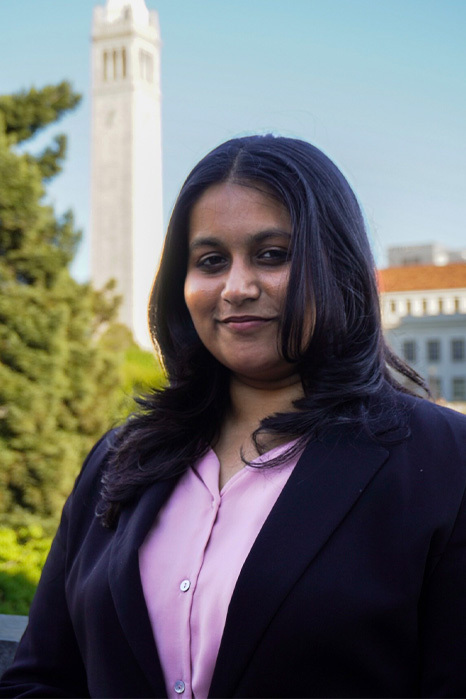

Ananya Laxshmivarahan
Opening Doors to Unique Career Paths
Ananya Laxshmivarahan is an undergraduate bioengineering student at SRM Institute of Science and Technology in India; currently, she is enrolled at UC Berkeley through the Global Startup Semester Program. Her peer, Cael Magner, is an undergraduate studying bioengineering, electrical engineering, and computer sciences. Ananya and Cael joined forces with several other peers to build a “brain-on-a-chip” for personalized mental health treatment.
Their idea targets a frustrating and unfortunately common issue for individuals dealing with treatment-resistant depression: the long and unpredictable process of cycling through antidepressants until they can find one that hopefully works for them. This team’s solution proposes growing neurons on a 3D-printed chip and testing how different drugs bind to receptors—using the one with the highest affinity as an indicator of likely effectiveness. To make the solution more scalable, they are aiming to incorporate graphite electrodes to keep costs low and accessibility of the innovation high.


Cael Magner
For Ananya, the course challenged prior assumptions about her future path. She had previously ruled out pursuing a career in research, assuming that it was too disconnected from real-world impact. But hands-on lab work and the focus on application shifted her perspective, as she now sees research as a place where she can build something that truly helps people. Cael, who is considering an MD-PhD after college, also found the experience eye-opening. The project helped him envision how his technical background could merge with his interest in medicine and innovation beyond traditional career routes.
For both Ananya and Cael, the course offered more than just technical learning; it gave them a space to bring a long-standing idea to life, and to see what kind of interdisciplinary thinkers and leaders they may become if they continue to pursue entrepreneurship in the future.
Bridging Disciplines for Community Impact
Patricia (Pat) Baena is an undergraduate studying industrial engineering and operations research; she is also pursuing a Certificate in Entrepreneurship & Technology at Berkeley.
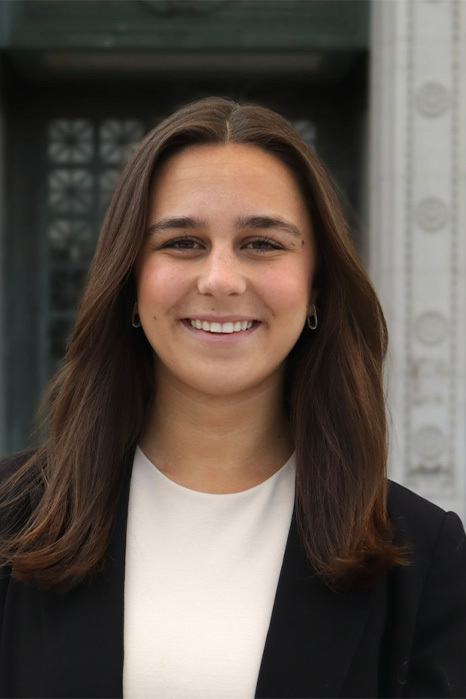

Patricia (Pat) Baena
Her team is building a gamified mental health education platform for middle schoolers that gives educators a way to monitor and support their students’ wellness in the classroom. Furthermore, the team is working to develop a curriculum to teach kids about emotional wellness in a way that is both accessible and engaging. Each startup team in the course is made up of four to five students, and there is a wide range of majors represented. In particular, Baena’s team was composed of students from business, psychology, and public health degree programs. Coming into the class, Pat was drawn to problem-solving but initially felt unsure of how she would be able to contribute as someone coming from a non-science background; she hadn’t taken psychology or mental health courses before, so most of the content was unfamiliar and contained jargon. Pat shared, “I had never looked at mental health from an entrepreneurship perspective, and [this course] really opened my eyes to how business and finance can be used for good,” as powerful tools for social impact.
For Pat, the experience was not just about developing a capstone business idea, but also about realizing that entrepreneurship can be a powerful tool for ethical change, and that even without a science background, she could still be part of creating solutions that matter. Pat concluded: “I learned how much time, effort, and collaboration goes into building something from the ground up, but I also realized that you can truly make a direct impact as an individual.”
Classrooms as an Entrepreneurial Launchpad
Through this UC Berkeley course, students had the opportunity to experience entrepreneurship and innovation in action while grounding their work in the lived experiences of individuals facing mental health challenges. In the process, students learned to design solutions that are thoughtful, inclusive, and scalable.
Throughout the semester, they explored a range of methodologies and perspectives, reinforcing the idea that meaningful solutions rarely come from a single discipline or mindset. Whether or not the students continue to pursue these projects after the course ends, they can walk away with a valuable toolkit of hard and soft skills, as well as a clearer sense of how their work can make an impact locally and globally. The students’ work this semester not only reflects the kind of experiential neuroscience and society training that Dana NextGen is proud to support, but also a promising future that we are excited for—one where innovation is not only ambitious and cutting-edge but also grounded in compassion and purpose.
Recommended Reading
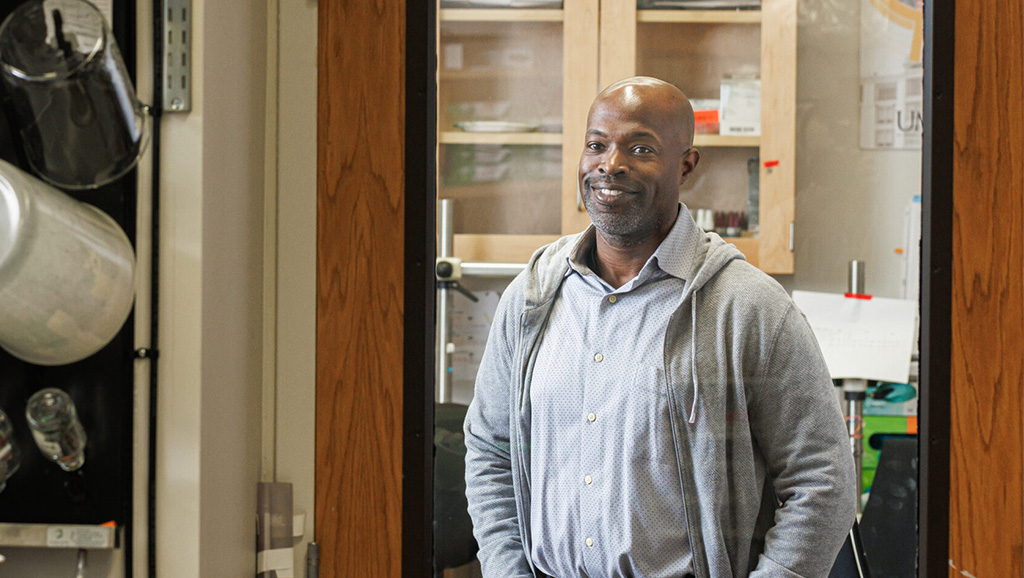
Kafui Dzirasa: Innovating Neuroscience for Equity and Mental Health Impact
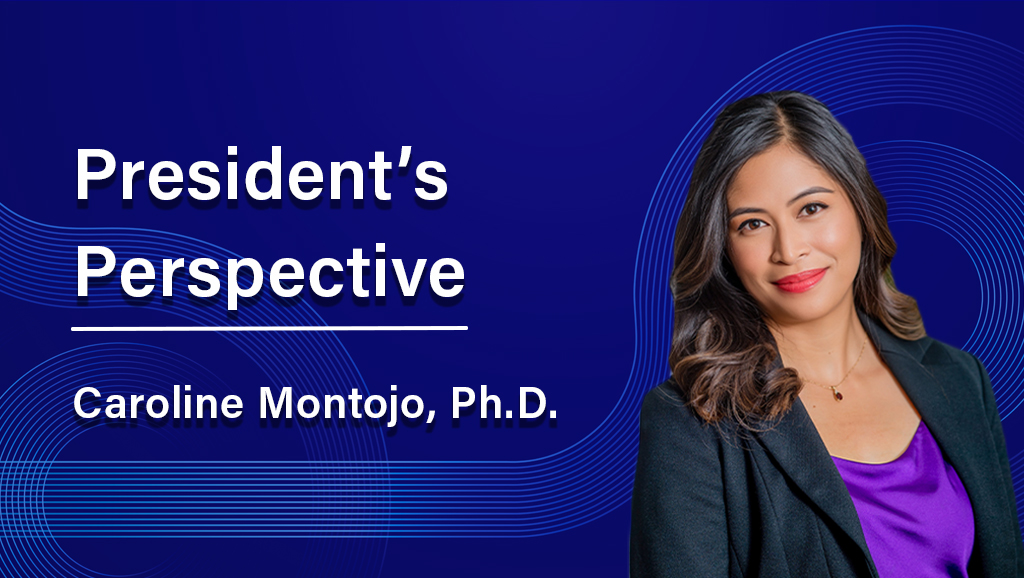
Strengthening Public Understanding of Brain Science Through Health Practitioners

